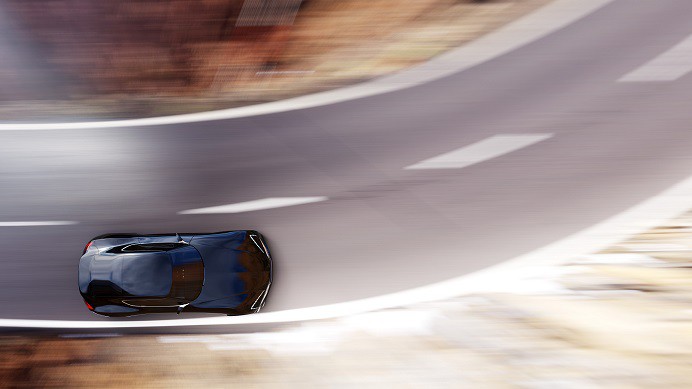Driving dynamics: BEV powertrains make a difference
20/04/2023
Often we reduce shift from internal combustion engine (ICE) powered vehicles towards battery electric vehicles (BEV) to range, charging power and time. But there is more than these apparent aspects.
Depending on BEV powertrain architecture, propulsion dynamics can be designed to be much simpler and more sensitive than those of fuel-powered vehicles. Why?
Depending on BEV powertrain architecture, propulsion dynamics can be designed to be much simpler and more sensitive than those of fuel-powered vehicles. Why?
BEVs with all-wheel drive typically use 2, 3 or 4 electric motors which can operate independently. The motors can accelerate and decelerate over a wider range - often more precisely and quickly than an ICE powertrain.
Even if electric axles are driven by only one motor, differential gears and wheel brakes or two clutches can control positive and negative wheel torque over a wide range.What is this all for? It enables individual speed and torque settings for each wheel and each driving situation, including speed, longitudinal and lateral acceleration, steering angle, yaw angle and wheel slip. That means the traction circle (der Kammsche Kreis) can be exploited to its maximum at all wheels and deceleration can be recuperated up to the maximum possible level.With a suitable control strategy, this enables not only extreme driving dynamics but also extremely smooth and efficient dynamics at low mju (e.g. on wet ice) conditions. Consequently driving becomes safer and even more efficient.Interested in further information?
Please contact Holger Richter
Phone +49 6201 9915 60#power #electricvehicles #dynamics #bev
Even if electric axles are driven by only one motor, differential gears and wheel brakes or two clutches can control positive and negative wheel torque over a wide range.What is this all for? It enables individual speed and torque settings for each wheel and each driving situation, including speed, longitudinal and lateral acceleration, steering angle, yaw angle and wheel slip. That means the traction circle (der Kammsche Kreis) can be exploited to its maximum at all wheels and deceleration can be recuperated up to the maximum possible level.With a suitable control strategy, this enables not only extreme driving dynamics but also extremely smooth and efficient dynamics at low mju (e.g. on wet ice) conditions. Consequently driving becomes safer and even more efficient.Interested in further information?
Please contact Holger Richter
Phone +49 6201 9915 60#power #electricvehicles #dynamics #bev